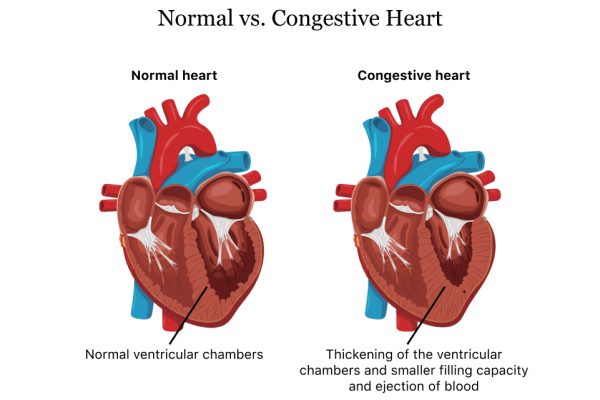Angioedema, a condition characterised by the swelling of the skin and/or mucous membranes, can be a debilitating and frightening experience. While it may be a relatively rare occurrence, it can have a considerable impact on those affected by it, causing discomfort, pain, and disfigurement. Underneath the skin, angioedema has a complex pathophysiology that is still not fully understood, making it challenging to diagnose and treat effectively.
Understanding Angioedema: Causes and Symptoms
Angioedema is a medical condition that is characterised by sudden swelling beneath the skin or mucous membranes. One of the probable causes of angioedema is believed to be brought about by an immune system response or an allergic reaction to certain stimuli, such as medications, insect bites, or food allergens.
Mild cases may only present with slightly swollen skin, whilst severe cases may exhibit swelling to the throat or airways, which can cause difficulty breathing and require emergency medical attention. Other symptoms may include skin redness, itching, and a warm sensation. Treatment for angioedema usually involves administering antihistamines, steroids, and/or epinephrine injections to alleviate symptoms and prevent further complications from occurring.
Managing Angioedema: Treatment Options and Lifestyle Changes
Managing angioedema involves various treatment options and lifestyle changes to reduce the severity and frequency of swelling. Antihistamines and corticosteroids may be prescribed to relieve symptoms during an acute attack, while long-term medication includes angiotensin-converting enzyme (ACE) inhibitors and omalizumab to prevent future occurrences.
Additionally, epinephrine injections may be necessary in severe cases, and doctors may recommend wearing medical identification bracelets to ensure appropriate treatment during emergencies.
In addition to medication, lifestyle changes can also help manage angioedema. Avoiding triggers such as certain foods, medications, and environmental factors can reduce the risk of swelling. Maintaining a healthy diet and regular exercise can also improve overall health and reduce stress, which may trigger angioedema. It is important to work with healthcare providers to develop an individualised management plan and to understand the signs and symptoms of a severe attack to seek prompt medical attention. With proper treatment and lifestyle changes, individuals with angioedema can live a fulfilling life without fear of debilitating swelling.
Living with Angioedema: Real-life Stories and Insights
Living with angioedema can be a difficult and overwhelming experience, as we hear from real-life stories and experiences shared by those who suffer from this condition. Many have expressed their struggles with trying to manage their symptoms, which can range from mild to severe, and the fear of experiencing an attack at any moment can weigh heavily on them.
Some have also shared how the physical disfigurement caused by angioedema has affected their daily lives, from social interactions and self-esteem to job opportunities and relationships. Despite the challenges faced, many have also shared their insights on how they have learned to cope and overcome the obstacles brought about by their condition, such as seeking support from loved ones, finding effective treatment plans, and learning to manage stress.
Overall, sharing these stories and insights can create greater awareness and understanding of angioedema and offer comfort and support to those who may be struggling with this condition or have loved ones who are affected by it. It also highlights the importance of further research and advancements in treatment to improve the quality of life for those living with angioedema.





